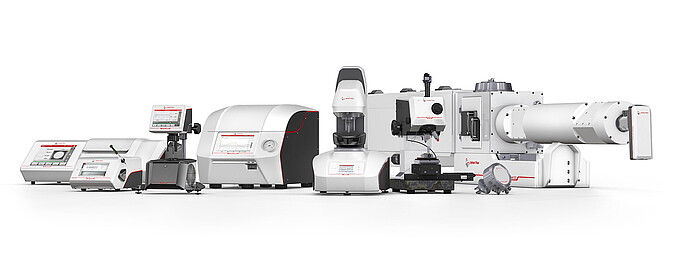
Products from Anton Paar
Insights that change everything. Which of Anton Paar's products will make your day?
Anton Paar develops and manufactures analytical instruments that enable you to understand your materials. Reliable data enables scientists, researchers and engineers to proceed with confidence in research and product development, manage and control manufacturing quality and optimize their output.
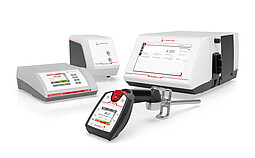
Alcohol Meters
Alcoholic beverages analyzed at the push of a button
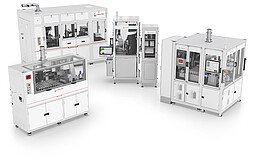
Automation & Robotics Solutions
Where precision meets performance
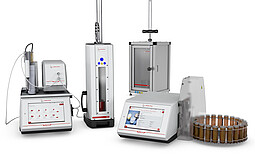
Beverage Measurement Systems
Complete solutions based on decades of experience

CO2, Oxygen, and TPO Meters
For reliable quality control in beverage production
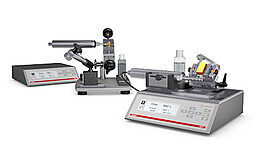
Coating Thickness Testers
Save time and costs in coating thickness determination
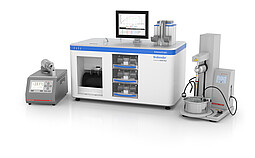
Consistency Analyzers
High precision in material texture testing
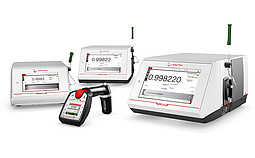
Density Meters
Solutions from the market leader in density measurement
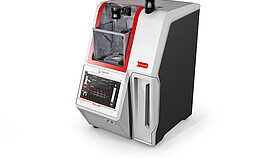
Distillation Analyzers
Perfection from the first drop
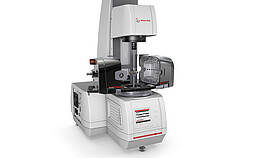
Dynamic Mechanical Analyzers
Your most flexible and precise option for DMA
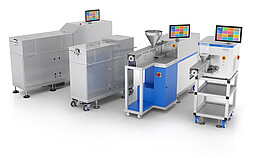
Extruders
Process and Material Development with Brabender Extruders
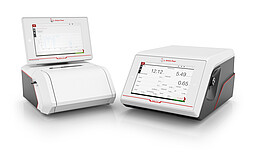
FTIR Instruments
Outstanding FTIR Analysis for a World of Samples
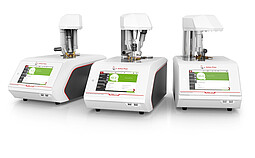
Flash Point Testers
Innovation in flash point testing
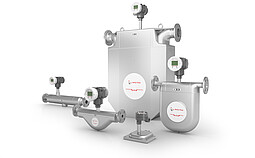
Flow Meters
Mass Flow and Inline Concentration Measurements
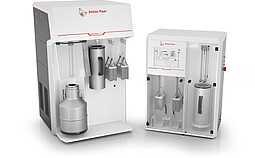
Gas Adsorption Analyzers
Analysis of pore size, surface area, and gas/solid interactions

Inline Beverage Analyzers
Complete your beverage analysis
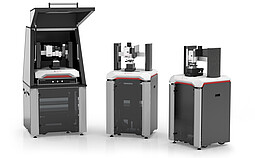
Instrumented Indentation Testers
The widest range of high-precision indentation testing
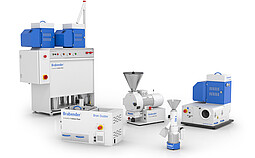
Laboratory Mills
From Fibrous to Fine: Brabender Lab Mills Master Every Grind

Laboratory Software
Manage your laboratory instrument measurement results with ease
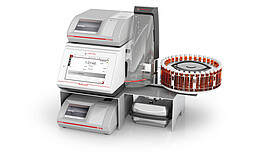
Measurement Systems
Up to 7 parameters in one go
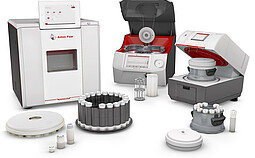
Microwave Digestion Systems
Microwave acid digestion, microwave acid leaching, and much more
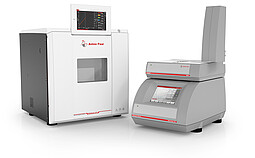
Microwave Synthesizers
Responding to your synthesis needs
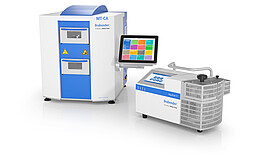
Moisture Analyzers
Brabender Moisture Analyzers: The Reference for Precision
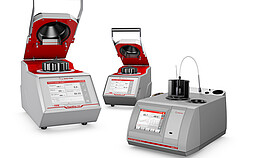
Oxidation Stability Analyzers & CFPP Testers
Know your sample's environmental behavior
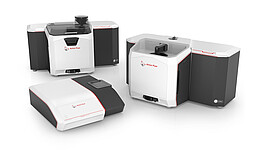
Particle Size Analyzers
Particle analysis at the touch of a button
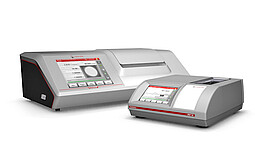
Polarimeters
Measure. Comply. Perform.
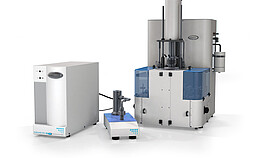
Porometers and Porosimeters
Quick, safe, and easy-to-use porometers and porosimeters

Process Controllers and Analysis Software
Expand control, with visualization and reporting
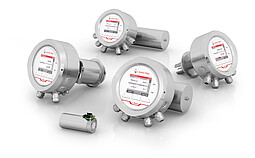
Process Sensors
Next-generation process sensors by Anton Paar

Process Systems and Integration
Ready-to-go process engineering solutions
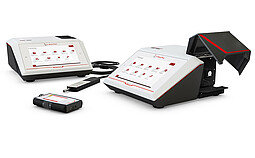
Raman Spectrometers
Cora: Compact Raman Analyzer
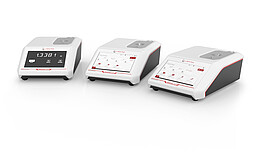
Refractometers
Accurate and efficient QC for food, beverages, chemicals, and pharmaceuticals
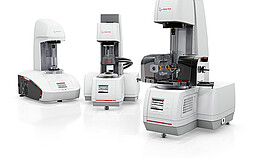
Rheometers
The most trusted rheometer series with more than 10,000 installations worldwide
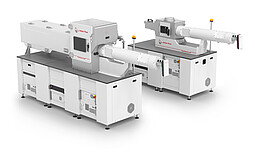
SAXS Instrumentation
Pure Brilliance
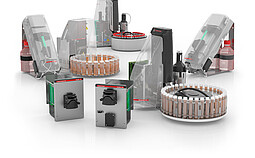
Sample Changers
Choose your Xsample
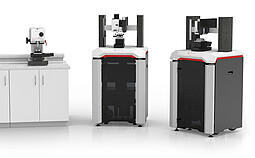
Scratch Testers
Solutions from the market leader in scratch testing
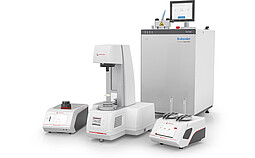
Semi-Solid and Solid Density Analyzers
A Complete Solution for the Density Measurement of Powders, Solids, and Semi-Solids
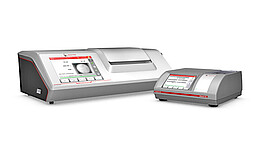
Sugar Analyzers
Maximum accuracy based on decades of experience

Surface Charge and Zeta Potential Analyzers
Unrivaled quality, speed, and convenience
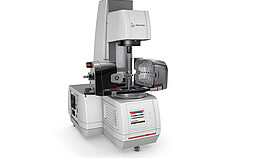
Thermal Analyzers
Expand the Limits of Material Characterization
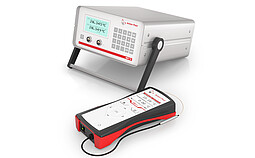
Thermometers
Maximum accuracy at an unrivaled price
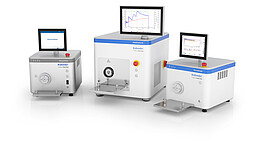
Torque Rheometers
Brabender Torque Rheometers: A Century of Precise Analysis
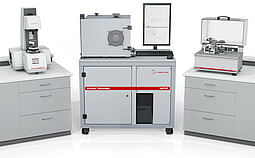
Tribometers
The widest range of instruments for studying friction and wear
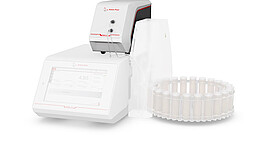
Turbidity Meters
A clear look at cloudy media
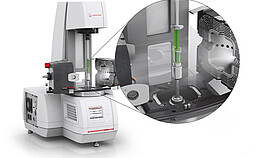
Universal Testing Machines
Testing of materials and components in the micro range
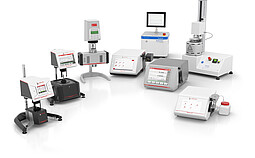
Viscometers
The World’s Most Successful Viscometers
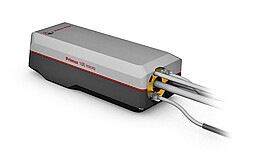
X-Ray Sources / X-Ray Optics
X-ray sources and optics for brilliant X-ray analysis
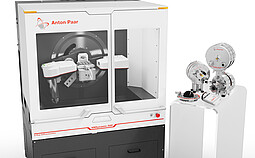
XRD Instrumentation
Versatile X-ray diffraction solutions